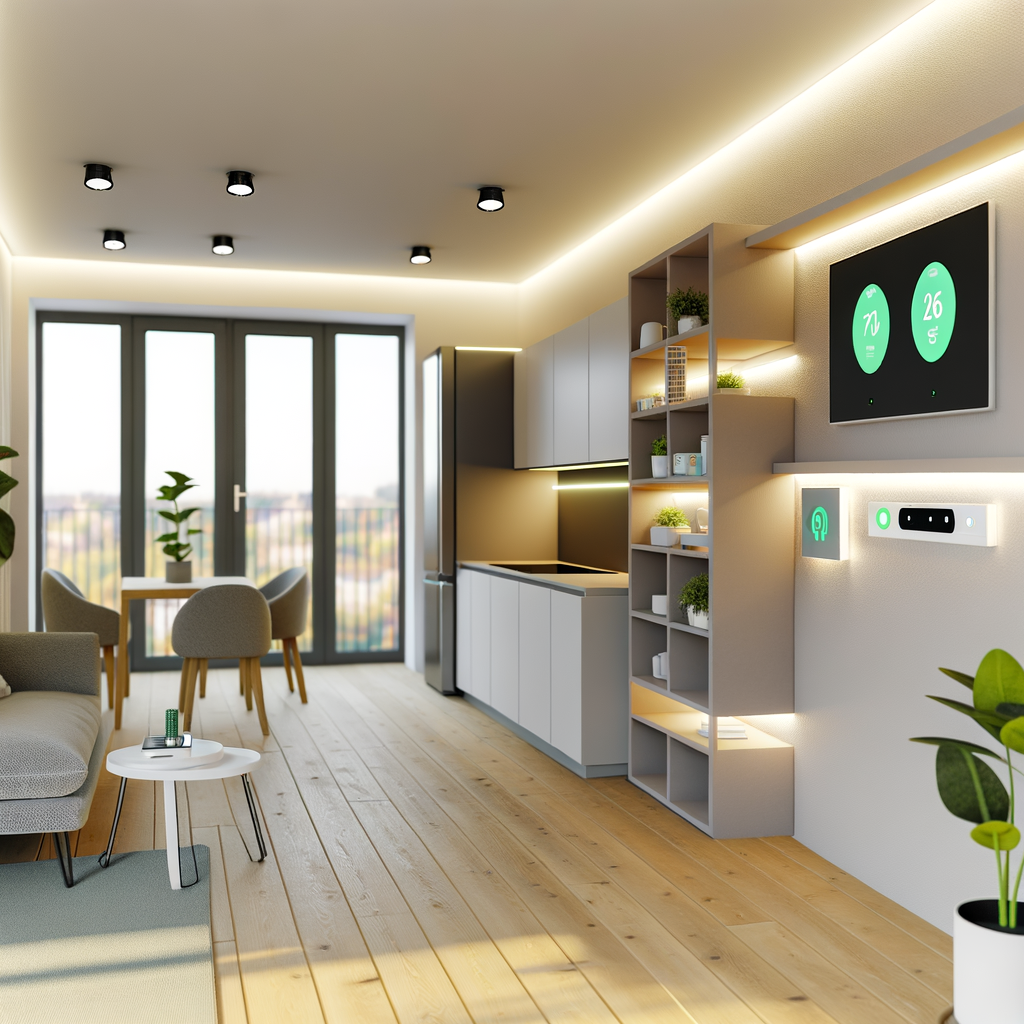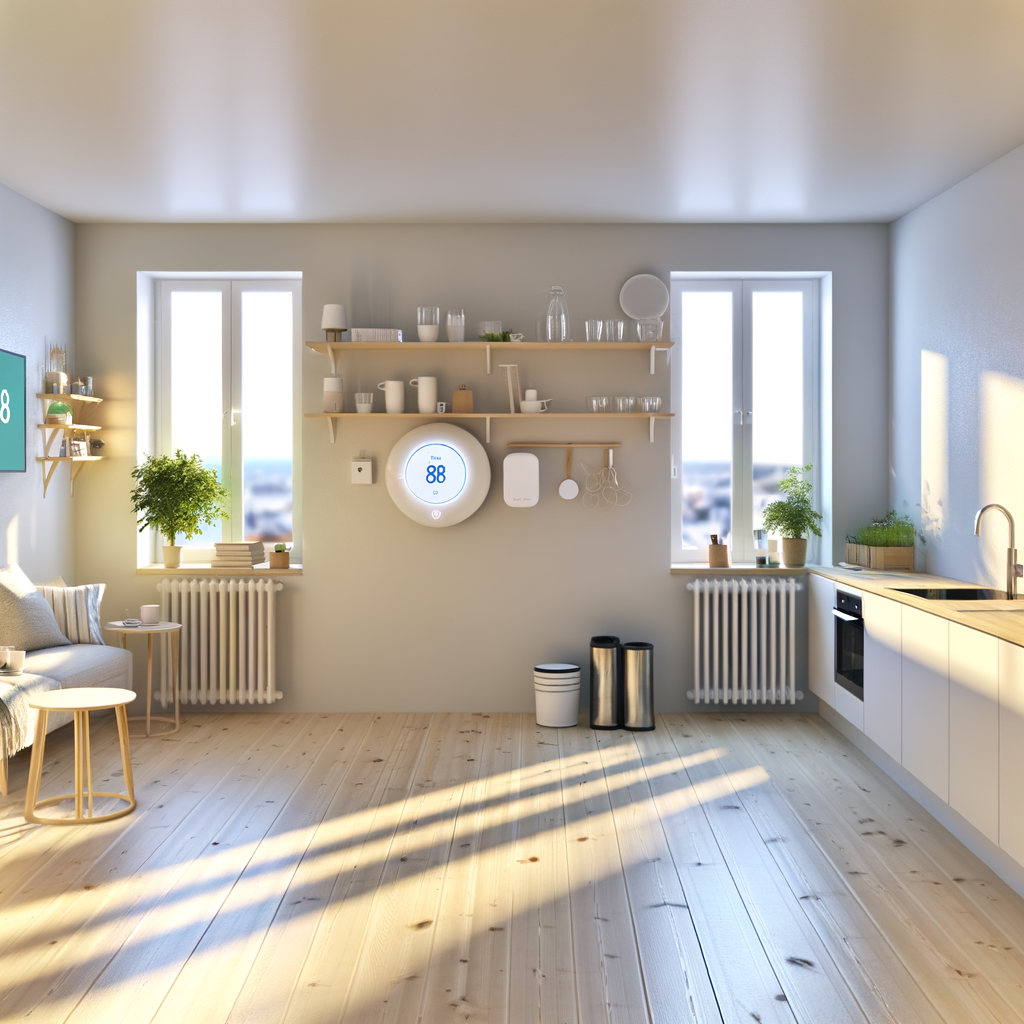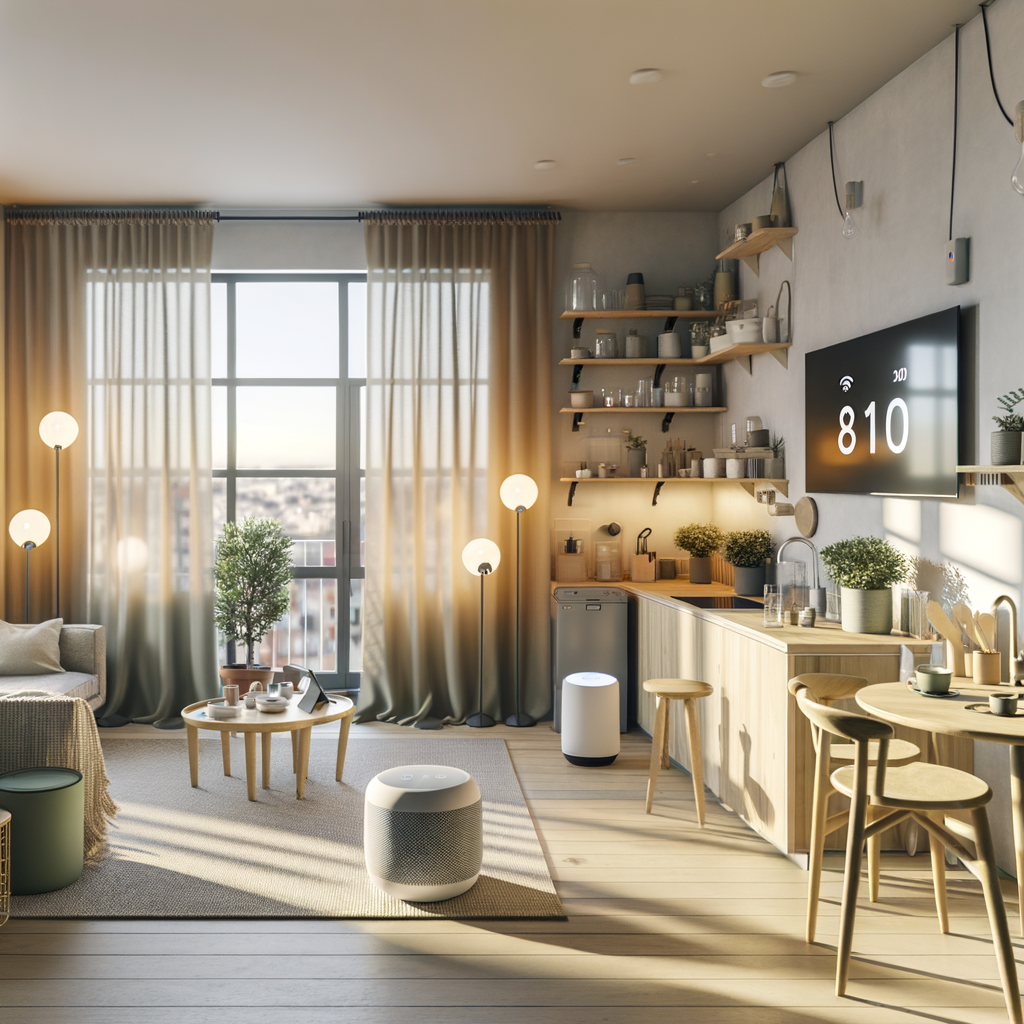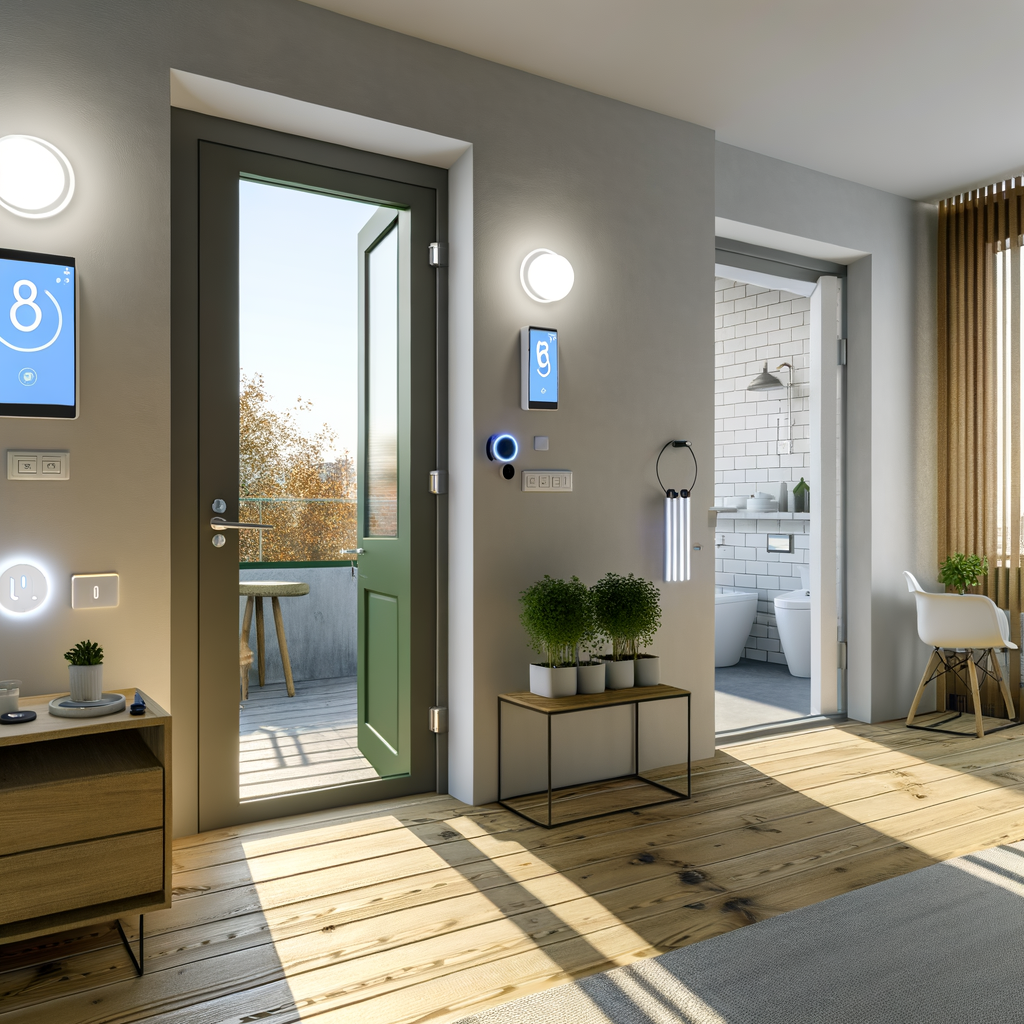How to Create a Smart, Energy-Efficient Apartment on a Budget: A Renter’s Step-by-Step Guide
Ready to make your rental more eco-friendly and save on utility bills, but not sure where to start—or how much to spend? The good news is you don’t need to own your apartment or break the bank to make it smarter and energy efficient. With a few low-cost upgrades and some practical tweaks, any renter can drastically reduce their home’s environmental footprint…and monthly costs, too.
This step-by-step guide will walk you through actionable changes, budget-friendly devices, and smart strategies—specifically tailored to renters—to create a greener, smarter living space.
Why Go Smart and Energy-Efficient?
- Lower Utility Bills: Smart tech and efficiency measures cut electricity, water, and heating costs.
- Comfort & Convenience: Automated control means you save energy and enjoy customization.
- Eco-Friendly Living: Less energy use means lower carbon footprint and a healthier planet.
- No- or Low-Impact Installs: Most modern gadgets are renter-friendly, requiring no permanent changes.
Assess Your Current Space
Before buying new gadgets, identify where your apartment is wasting energy. Here’s your starter checklist:
- Drafty windows or doors? Feel for breezes on a windy day; check for visible gaps.
- Old light bulbs? Are your bulbs incandescent or CFL, rather than LEDs?
- Heating/cooling habits: Is your thermostat programmable? Do you leave heat or AC running all day?
- Plugged-in devices: Are electronics left on standby or always plugged in?
- Water flow: Do your faucet/shower fixtures waste water?
Take notes—you’ll address these issues step by step.
Step 1: Switch to LED Lighting
LED bulbs are the simplest, most instantly rewarding upgrade for every apartment. They use up to 80% less energy than incandescents, last 10x longer, and come in many shades.
- Replace all bulbs with LEDs—including specialty sizes for bathroom and kitchen.
- Choose “soft white” for living spaces and “daylight” for task lighting.
- Opt for smart bulbs for remote control, dimming, and scheduling.
Renter Bonus: You can take all your bulbs when you move!
Step 2: Upgrade to Smart Plugs and Power Strips
Why Smart Plugs?
- Remotely turn lamps, fans, and appliances on/off via a phone app or voice command.
- Set schedules to avoid leaving devices on all day.
- Monitor real-time energy use and spot “energy vampires.”
Smart power strips also automatically shut off multiple devices when not in use—perfect for entertainment centers or a home office.
Step 3: Programmable or Smart Thermostats
Even if you don’t have full HVAC control, many apartments allow renters to swap out old thermostats for smart or programmable models. Check with your landlord first.
- Set heating/cooling schedules to match your actual routine—never heat/cool an empty apartment.
- Some models offer remote control from your phone or voice assistant.
- In-room smart sensors can adjust temperature based on where activity is detected.
If changing the thermostat isn’t allowed, consider a smart AC plug or a smart space heater for more efficient, room-specific control.
Step 4: Simple Sealing and Insulation Hacks
Drafts drive up energy bills fast. Luckily, there are renter-friendly ways to seal up leaks:
- Use removable weatherstripping tape around doors and windows.
- Draft stoppers (or even rolled-up towels) block drafts under doors.
- Apply removable window insulation film during colder months.
- Hang thermal curtains—these keep heat out in summer and in during winter.
All of these solutions remove easily and won’t damage surfaces when you move out.
Step 5: Low-Flow Fixtures for Water Savings
Swap out your shower head and faucet aerators with a low-flow version. You’ll use dramatically less water without sacrificing pressure or comfort.
- Be sure to keep the originals to reinstall before you move out.
- Many models install without tools and can reduce water use by 30% or more.
Pro tip: Take shorter, cooler showers for even more savings!
Step 6: Use Smart Sensors and Schedules
Where Automation Shines
- Motion sensors for lights—especially in entryways, closets, and bathrooms.
- Smart schedules to ensure devices only run when needed (set & forget).
- Window/door sensors to alert you if you’ve left something open, preventing wasted heating or cooling.
Use an inexpensive hub (or just your phone!) to tie these devices together for one-tap or automated control.
Step 7: Optimize Appliances for Efficiency
- Run full loads in the dishwasher and washing machine.
- Air-dry laundry on a drying rack instead of using the dryer.
- Clean refrigerator coils (behind/under fridge) for less energy waste.
- Keep your fridge/freezer full (but not overstuffed) for better efficiency.
- Unplug countertop appliances when not in use.
If buying your own appliances (like a portable AC or mini-fridge), look for the ENERGY STAR label for maximum efficiency.
Step 8: Go Green with Smart Tech—On a Budget
Recommended Smart Devices for Renters
- Smart bulbs: Replace existing bulbs, no wiring or installation required, prices start under $10 each.
- Smart plugs: Plug into any ordinary outlet to remotely control devices, often $15-25 each, or cheaper in packs.
- DIY smart thermostats: Many are designed for easy, tool-free, reversible installation.
- Motion/light/door sensors: Usually cost under $20-30 each, work with Google Home, Alexa, or Apple HomeKit.
- Compact energy monitors: Track usage per-device and spot which electronics are using the most power.
Check your landlord’s policy before any major device swap, but remember: most of these upgrades are plug-and-play and removable.
Step 9: Green Habits Make a Big Impact
Smart devices help automate efficiency, but your own routine matters too:
- Switch lights and devices off when leaving the room.
- Keep AC/heat set to “eco” or use fans to circulate air.
- Let in natural light instead of using electric lighting during the day.
- Use cold water for laundry.
- Open/close curtains strategically for temperature control.
Step 10: Track Your Progress
Motivate yourself by watching your energy usage drop! Many smart devices offer usage tracking and monthly breakdowns via their app.
Even without smart gadgets, most utility providers have free online portals where you can monitor your energy and water consumption over time. Correcting old habits and seeing real savings is endlessly rewarding.
Budget-Friendly Tips for Renters
- Start small—swap bulbs and plugs one room at a time.
- Borrow or share: Pool resources with roommates or neighbors for bigger purchases.
- Seek rebates: Many cities/utilities offer deals on smart thermostats or free LED bulbs or water-saving fixtures.
- Buy gently used: Refurbished smart devices are plentiful online.




